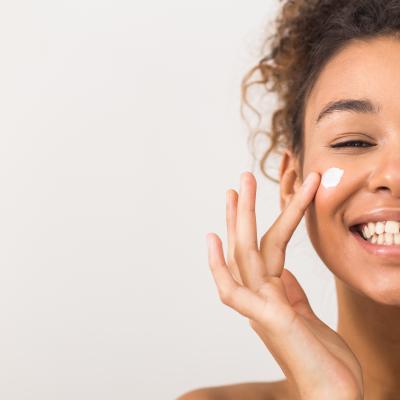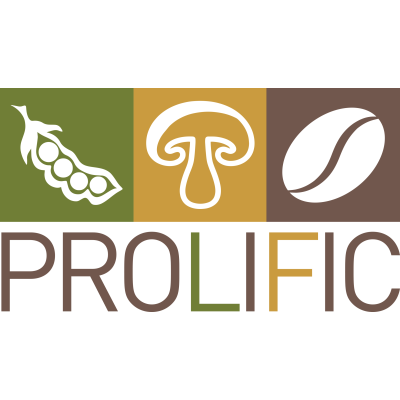'Plant ingredients have always been used in cosmetics,' said Heiko Rischer, head of plant biotechnology at VTT, a Finnish research centre. 'But recently, there's been a revived interest in plant-based compounds. Consumers are interested in greener and more sustainable ingredients.'
Today, most key ingredients used in the €80 billion European cosmetics industry are synthetic or animal-based or taken from wild plants. Producing these ingredients sometimes includes unsustainable solvents or processes that are becoming less popular with consumers. Harvesting wild plants also puts natural ecosystems under pressure.
Rischer and other European scientists are investigating how to get more natural and sustainable plant-based ingredients into cosmetic products.
Coffee creams
In a just-ended initiative to green the cosmetics industry, the CBE JU-funded Prolific project transformed plant residues into ingredients for beauty products. The team extracted polyphenols from coffee silverskins, a valuable compound in cosmetics because of its anti-ageing effects on the skin. The polyphenol extract was standardised and used in a prototype face cream.
Normally, polyphenols are already derived from plants. But the compound is extracted through a chemical procedure resulting in waste that needs to be disposed of carefully. The project applied an environmentally friendly method, called subcritical water extraction, which only uses water under very high pressure to extract the polyphenols from the coffee silverskins.
All in all, the Prolific research used a range of new processes to derive useful compounds from the agricultural waste of different plant sources such as coffee beans, fungi and legumes.
'We use a cascading approach,' said Annalisa Tassoni, the project's scientific coordinator and an associate professor at the University of Bologna in Italy. 'We do a first extraction, after which we look at what remains and try to extract another compound.'
Ultimately the residual fibres were used at different stages of production. Three prototype cosmetics were made by the Greek partner company COSMETIC, including a face cream, toothpaste and even a container jar that was made from plant fibres.
'We transform all the parts of the residues,' said Georgios Tsatsos, general director of COSMETIC. 'This goes up to the fibres left after the extraction process.'
Plant-based compounds
Several steps must be taken before these green compounds can reach the cosmetics market. The techniques used by Prolific in processing coffee are close to being introduced into cosmetics production, but the methods need to be scaled up so that plant-based compounds can compete with synthetic ones.
'There's a lot playing in favour of this process for coffee,' said Tassoni, 'We opened up perspectives, and confirmed that certain techniques really work.'
While it will be difficult to outcompete all of the synthetic techniques in use in the cosmetics industry, Rischer is optimistic about the outlook for more environmentally sound approaches.
'The cosmetics market is very big and diverse,' he said. 'Consumers are demanding more sustainable and green cosmetics, and within our own niche, we can have an impact.'

